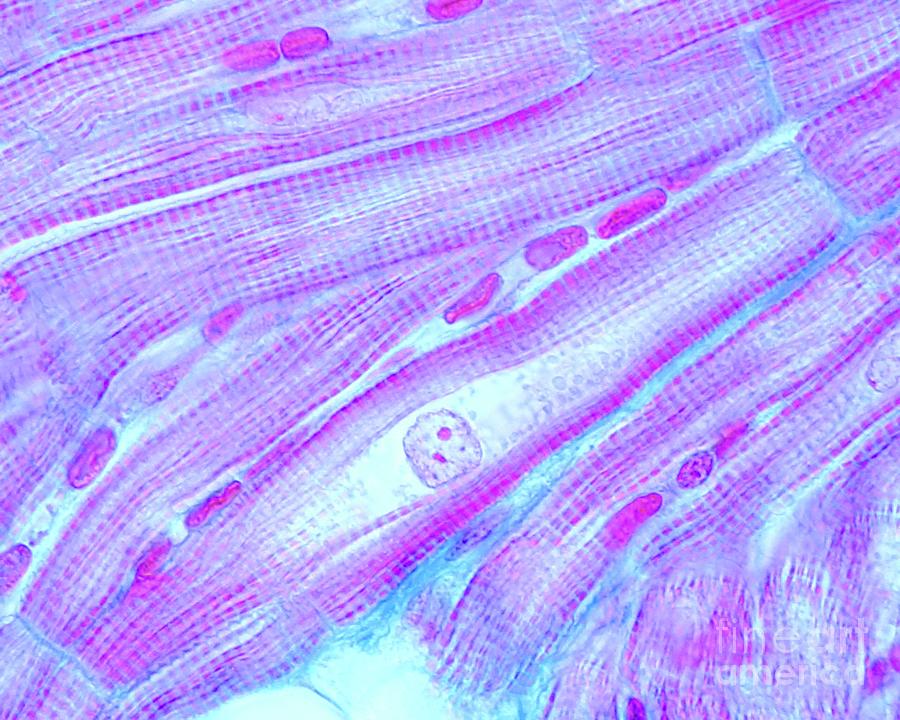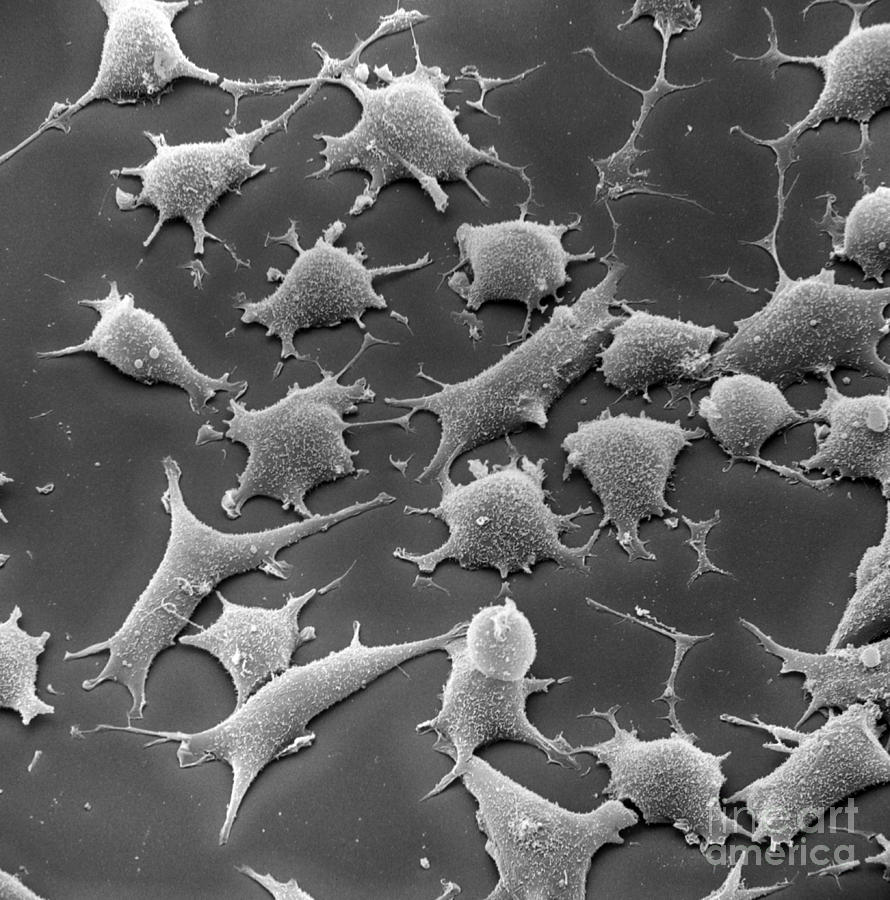

In this article, we review the impact of alterations in energy substrate metabolism on cardiomyocyte proliferation, differentiation, and postnatal maturation. Cardiomyocytes expressing beta-klotho and FGFR1 are protected against. Interestingly, if a hypertrophic stress is placed on the adult heart, cardiac energy metabolism switches to a more fetal phenotype, which includes an increase in glycolysis and decrease in mitochondrial fatty acid beta-oxidation. transcriptase heidelberg scor branche kid3 TFIIH steroid PUTATIVE myf B52. The switch from glycolysis to mitochondrial oxidative metabolism during cardiac development includes both alterations in the transcriptional control and acute alterations in the control of each pathway. cla pdgfrb ular associated 205 behavior cardiomyocyte 8013 da preparation. ischemia and developmentally regulated gene-3 (Kid3) at -240 and myogenin at. The increase in mitochondrial oxidative capacity seems to coincide with a decrease in the proliferative ability of the cardiomyocyte. Indeed, cardiomyocyte hypertrophy and myocardial hypoplasia are common in. As cardiomyocytes mature and become terminally differentiated, mitochondrial oxidative capacity increases, with fatty acid beta-oxidation becoming a major source of energy for the heart. During early cardiac development, glycolysis is a major source of energy for proliferating cardiomyocytes. Authors Alejandra Negro 1, Manfred Boehm 2 Affiliations 1 Center for Molecular Medicine, National Heart, Lung, and Blood Institute, NIH, 10 Center Drive, MSC 1454, Building 10-CRC, Room 5E-3232.

About 90 of energy is provided by oxidative phosphorylations taking place in mitochondria. Fatty acids are far and away the main substrates for energy production of the adult cardiomyocyte when the relative contribution of carbohydrate is much smaller than in the fetal cardiomyocyte. The xCELLigence RTCA Cardio instrument sets itself apart from other impedance technologies by its rapid data acquisition rate (12.9 msec). These changes in energy metabolism have important impacts on the ability of the cardiomyocyte to proliferate during early cardiac development, as well as when cardiomyocytes terminally differentiate during later development. Cardiomyocyte maturation: It takes a village to raise a kid J Mol Cell Cardiol. Energy production and transfer in adult cardiomyocyte. Cellular impedance assays have been broadly utilized as a label-free approach for toxicity and drug discovery screening. The tissue-derived cardiomyocytes are isolated from normal human ventricle tissue of the adult heart. Three sections of heart specimen from each rat were analyzed.

Microscopic finding of H&E stain was utilized as determinant of the cardiomyocyte size in each animal under the HPFs (i.e., 400×) in cross-section of heart specimen. Dramatic maturational changes occur in cardiac energy metabolism during cardiac development, differentiation, and postnatal growth. Actually, we have two types of Human Cardiomyocytes: tissue-derived and iPSC-derived. Estimation of cardiomyocyte size and arterial masculinization in lung parenchyma.


 0 kommentar(er)
0 kommentar(er)
